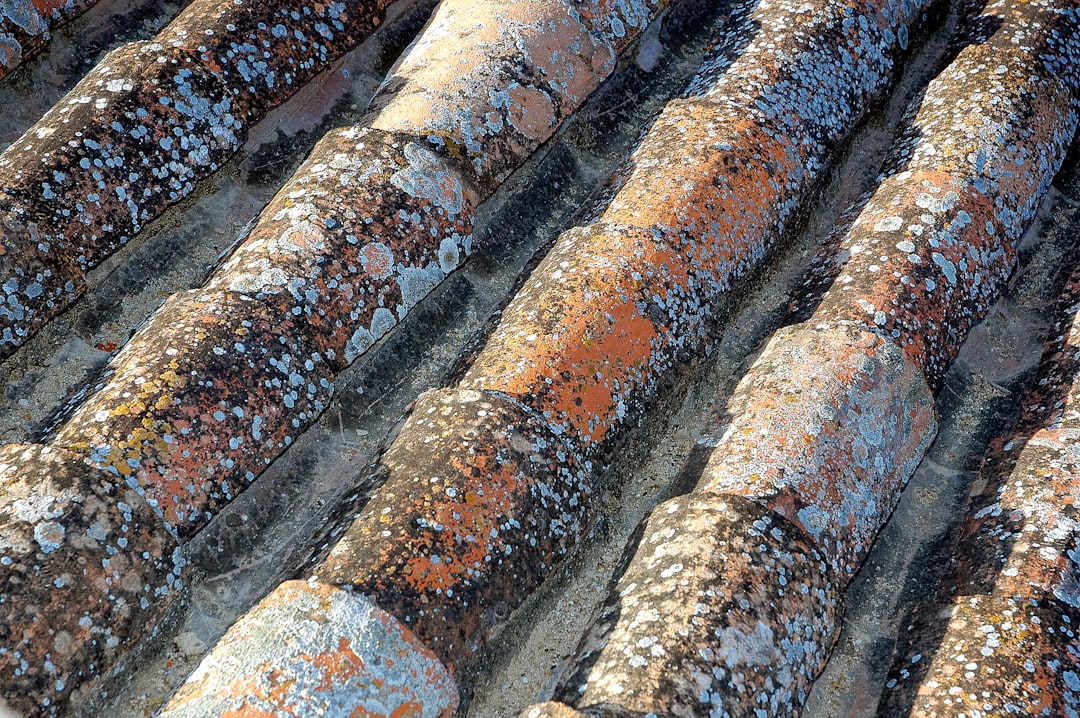Galvanized steel, a ubiquitous material in construction, infrastructure, and manufacturing, owes its widespread use to its exceptional corrosion resistance. This post delves into the science behind this resistance, exploring its mechanisms, applications, limitations, and comparisons with other corrosion-resistant materials. Understanding the properties of galvanized steel is crucial for engineers, architects, and anyone involved in selecting materials for long-lasting structures and products.
The Science Behind Galvanized Steel’s Corrosion Resistance
The remarkable corrosion resistance of galvanized steel stems from the protective zinc coating applied to its surface. This process, known as galvanization, involves immersing steel in a molten zinc bath, resulting in a metallurgical bond between the zinc and the steel substrate. This bond isn’t merely a superficial layer; it’s a robust, integrated coating that provides several layers of protection:
- Barrier Protection: The zinc coating acts as a physical barrier, preventing oxygen and moisture from reaching the underlying steel. This is the primary mechanism of protection, especially in the initial stages after galvanization.
- Sacrificial Protection (Cathodic Protection): Zinc is more electrochemically active than steel (iron). This means that in the presence of moisture and electrolytes (like salt), zinc will preferentially corrode instead of the steel. This sacrificial protection continues even if the zinc coating is scratched or damaged, providing ongoing protection to the underlying steel. The zinc acts as an anode, sacrificing itself to protect the steel cathode.
- Self-Healing Properties: Small scratches or imperfections in the zinc coating can often self-heal. The zinc reacts with oxygen and moisture to form a passive zinc oxide layer, which further inhibits corrosion.
Applications of Galvanized Steel: Where it Shines
The exceptional corrosion resistance of galvanized steel makes it ideal for a wide range of applications, both indoors and outdoors. Its durability and longevity translate into cost savings over the long term, minimizing maintenance and replacement costs. Some key applications include:
- Construction: Roofing, siding, gutters, downspouts, and structural steel components are frequently galvanized to withstand harsh weather conditions.
- Automotive Industry: Galvanized steel is used in car bodies, chassis, and other components to prevent rust and extend the vehicle’s lifespan.
- Infrastructure: Bridges, pipelines, and other infrastructure projects often utilize galvanized steel for its resistance to corrosion and environmental degradation.
- Agricultural Applications: Fencing, storage structures, and equipment are frequently galvanized to withstand the elements and potential exposure to chemicals.
- Appliances and Household Items: Many appliances and household items, such as washing machines and refrigerators, incorporate galvanized steel components for durability.
Limitations of Galvanized Steel: Understanding its Weaknesses
While highly corrosion-resistant, galvanized steel is not impervious to corrosion under all conditions. Understanding its limitations is crucial for appropriate material selection:
- Highly Corrosive Environments: In extremely aggressive environments, such as those with high concentrations of acids or alkalis, the zinc coating may degrade more rapidly. In such cases, alternative corrosion-resistant materials might be necessary.
- Hydrogen Embrittlement: During the galvanizing process, hydrogen can be absorbed into the steel, potentially leading to hydrogen embrittlement, a form of material degradation that reduces its ductility and strength. This is typically mitigated through proper galvanizing techniques and post-treatment processes.
- Appearance: The galvanized coating has a characteristic silvery-grey appearance, which might not be aesthetically desirable in all applications. Further coatings or finishes might be applied to enhance aesthetics.
- High Temperatures: At very high temperatures, the zinc coating can oxidize and lose its protective properties. In high-temperature applications, alternative materials should be considered.
Comparing Galvanized Steel with Other Corrosion-Resistant Materials
Several other materials offer corrosion resistance, each with its own strengths and weaknesses. Comparing galvanized steel to these alternatives helps in making informed material selection decisions:
- Stainless Steel: Offers superior corrosion resistance in many environments, but is significantly more expensive than galvanized steel. The choice depends on the balance between cost and required corrosion resistance.
- Aluminum: Naturally resistant to corrosion due to the formation of a protective aluminum oxide layer. Lighter than steel, but may not offer the same strength in some applications.
- Powder Coating: A protective coating applied to steel, offering good corrosion resistance, but it doesn’t provide the sacrificial protection of galvanized steel. Scratches in the powder coating can expose the underlying steel to corrosion.
- Painting: Offers a degree of corrosion protection, but the coating can chip or peel, exposing the steel to corrosion. Regular maintenance and repainting are required.
Maintaining the Integrity of Galvanized Steel: Best Practices
Proper handling and maintenance can extend the lifespan of galvanized steel structures and components. Following best practices helps preserve the zinc coating and maximize its protective benefits:
- Avoid Sharp Objects: During handling and installation, avoid scratching or damaging the zinc coating with sharp objects. Scratches can compromise the barrier protection and accelerate corrosion.
- Proper Cleaning: Regular cleaning can remove dirt, debris, and corrosive substances that might accumulate on the surface.
- Protective Coatings: In highly corrosive environments, applying additional protective coatings, such as paints or sealants, can provide extra protection.
- Avoid Contact with Corrosive Substances: Minimize contact with chemicals that could react with the zinc coating and degrade its protective properties.
In conclusion, galvanized steel offers a robust and cost-effective solution for many applications requiring excellent corrosion resistance. Understanding its mechanisms, applications, limitations, and appropriate maintenance practices is crucial for maximizing its lifespan and ensuring the long-term success of any project utilizing this versatile material.
SEO Tags: galvanized steel, corrosion resistance, zinc coating, rust prevention, metal protection




